Express Wanderlust: When Lucknow’s Bara Imambara reopened its doors to tourists
It was a source of relief for tourist guides at the iconic Bara Imambara in Lucknow, which opened to visitors on June 17.
June 25, 2021 16:17 IST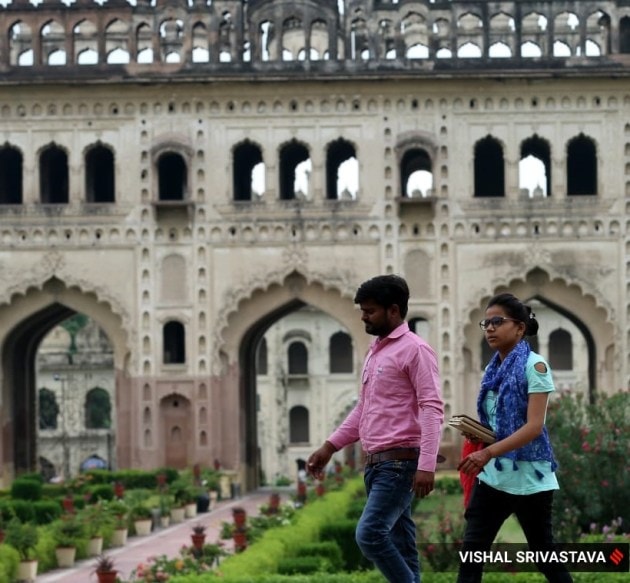 1 / 17
1 / 17In Lucknow, historical monuments such as Bara Imambara and Chota Imambara reopened for the public on Thursday, June 17, amid restrictions by the Lucknow administration. (Express photo by Vishal Srivastava)
 2 / 17
2 / 17The monuments are slated to remain open in the weekdays -- Monday to Friday -- with certain restrictions and safety measures in place. (Express photo by Vishal Srivastava)
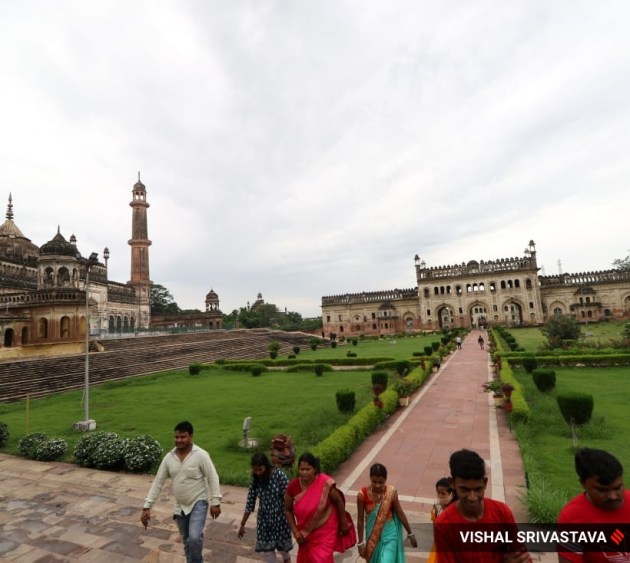 3 / 17
3 / 17The district administration has allowed up to 200 people to enter the Bara Imambara and only 40 people to enter the Chota Imambara at a time. (Express photo by Vishal Srivastava)
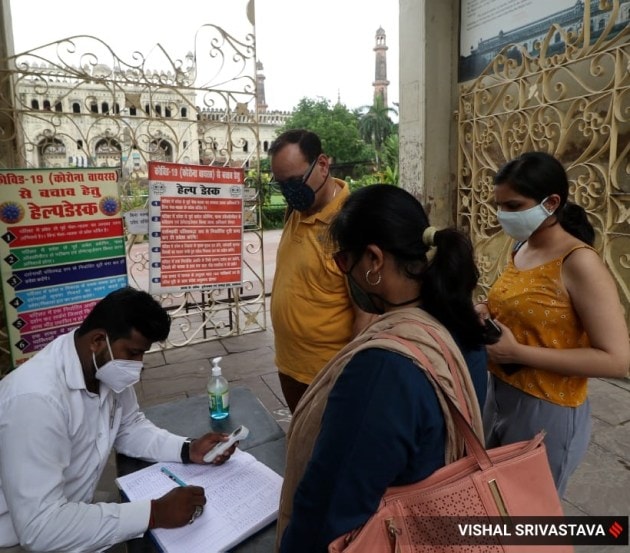 4 / 17
4 / 17People will not be allowed to enter if they do not wear a mask. Thermal screening and pulse check up with an oximeter is also in place. (Express photo by Vishal Srivastava)
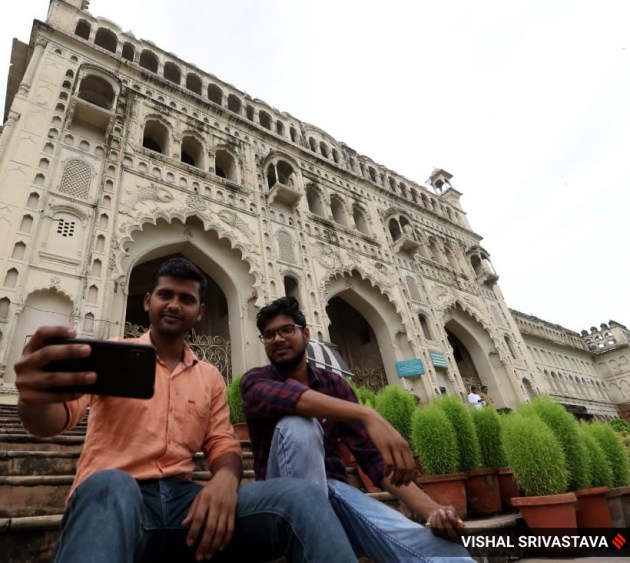 5 / 17
5 / 17To visit the monument, you will have to purchase e-tickets and further, all payments for parking, cafeteria, etc., will be also done digitally. (Express photo by Vishal Srivastava)
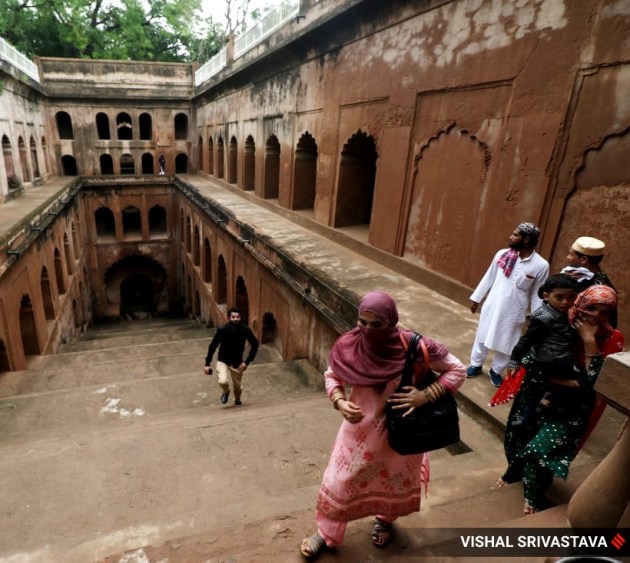 6 / 17
6 / 17The reopening of Bara Imambada has also made tourist guides happy. (Express photo by Vishal Srivastava)
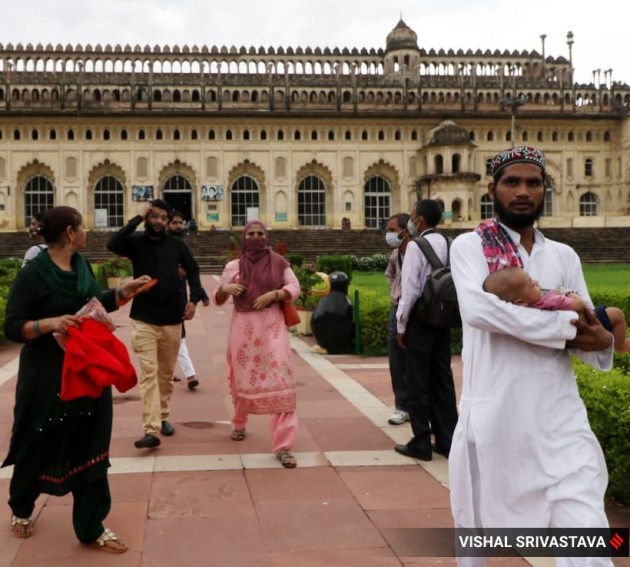 7 / 17
7 / 17Bara Imambara, also known as 'Asfi Mosque', is an imambara complex in Lucknow, UP, built by Asaf-ud-Daula, Nawab of Awadh in 1784. (Express photo by Vishal Srivastava)
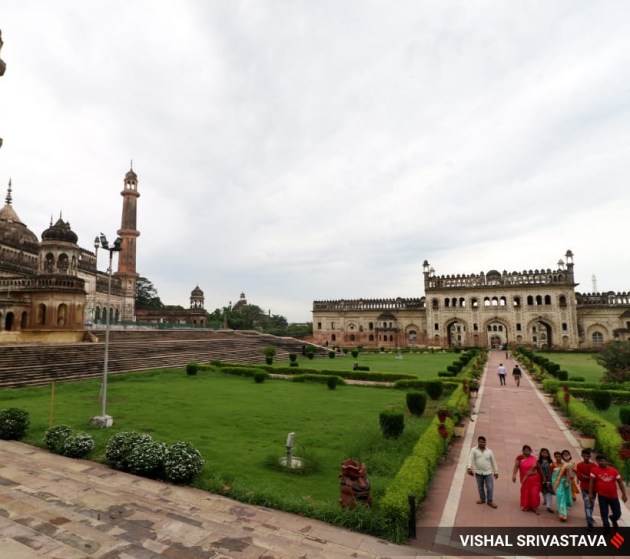 8 / 17
8 / 17The building includes the large Asfi mosque, the Bhool Bhulaiya (labyrinth), and Baoli, a step-well with running water. (Express photo by Vishal Srivastava)
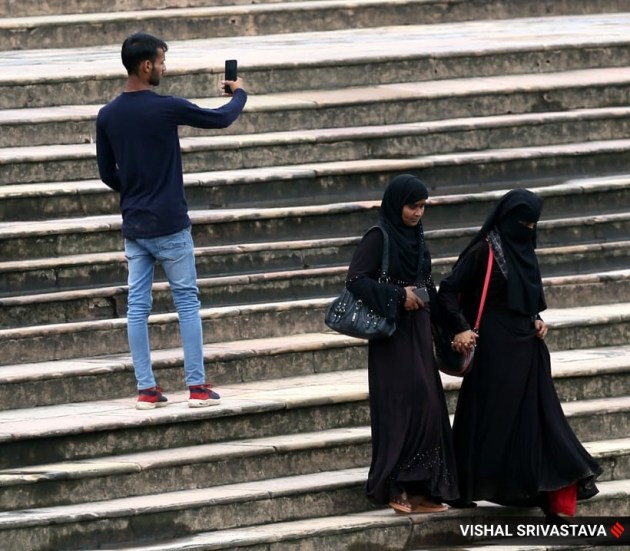 9 / 17
9 / 17Two imposing gateways lead to the main hall. It is said that there are 1,024 ways to reach the terrace, but only two to come back to the first gate or the last gate. It is an accidental architecture. (Express photo by Vishal Srivastava)
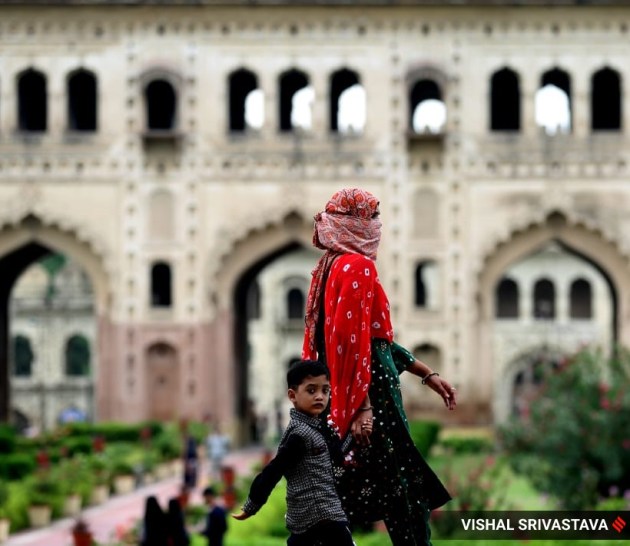 10 / 17
10 / 17Construction of Bara Imambara was started in 1780, a year of a devastating famine, and one of Asaf-ud-Daula's objectives in embarking on this grandiose project was to provide employment to people in the region for almost a decade while the famine lasted. (Express photo by Vishal Srivastava)
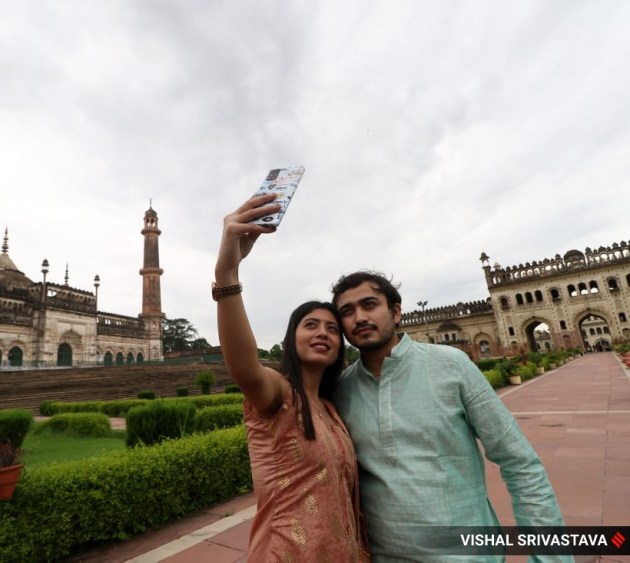 11 / 17
11 / 17It was a project that preceded a Keynesian-like intervention for employment generation. Construction of the Imambara was completed in 1794. (Express photo by Vishal Srivastava)
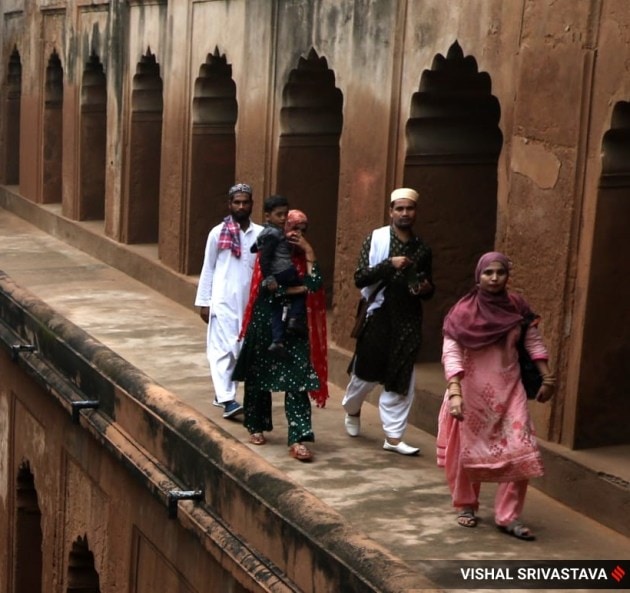 12 / 17
12 / 17The estimated cost of building the Imambara ranged between half a million rupees to a million rupees. Even after completion, the Nawab spent between four and five hundred thousand rupees on its decoration annually. (Express photo by Vishal Srivastava)
 13 / 17
13 / 17The architecture of the complex reflects the maturation of ornamented Mughal design, namely the Badshahi Mosque. It is one of the last major projects not incorporating any European elements or the use of iron. (Express photo by Vishal Srivastava)
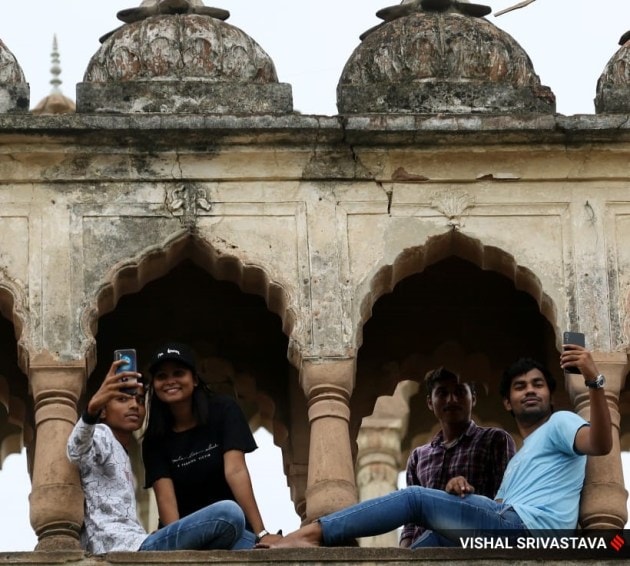 14 / 17
14 / 17The main Imambara consists of a large vaulted central chamber containing the tomb of Asaf-ud-Daula. The roof of the Imambara is made from the rice husk which makes it a unique building. (Express photo by Vishal Srivastava)
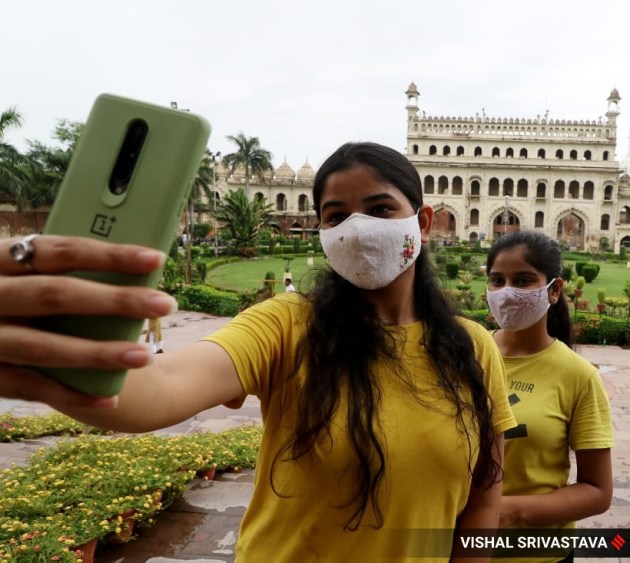 15 / 17
15 / 17At 50 by 16 metres and over 15 metres tall, it has no beams supporting the ceiling and is one of the largest such arched constructions in the world. (Express photo by Vishal Srivastava)
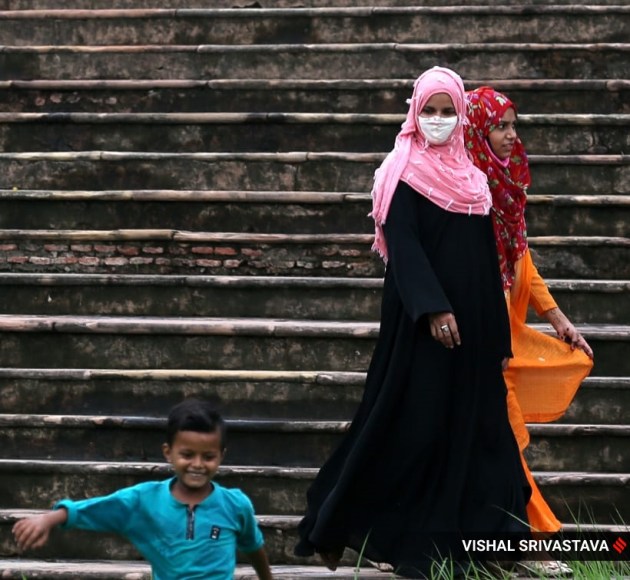 16 / 17
16 / 17The design of the Imambara was obtained through a competitive process. The winner was a Delhi architect Kifayatullah, who also lies buried in the main hall. (Express photo by Vishal Srivastava)
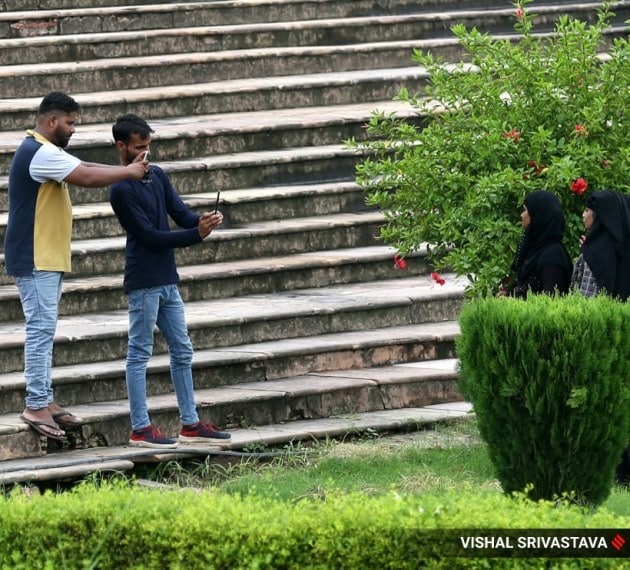 17 / 17
17 / 17Just like Bara Imambara, all other tourist places have also reopened in Lucknow, but all Covid restrictions are in place. (Express photo by Vishal Srivastava)











